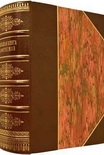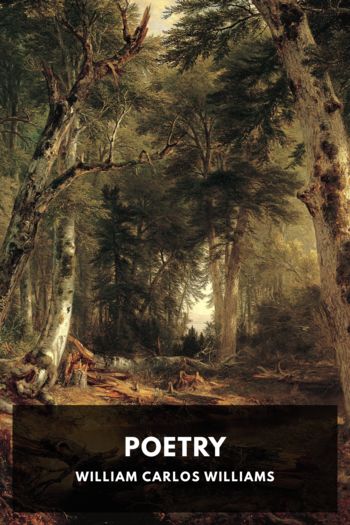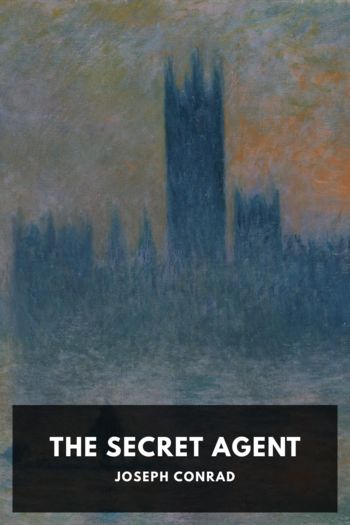Hidden History: Lost Civilizations, Secret Knowledge, and Ancient Mysteries, Brian Haughton [books you need to read .TXT] 📗

- Author: Brian Haughton
Book online «Hidden History: Lost Civilizations, Secret Knowledge, and Ancient Mysteries, Brian Haughton [books you need to read .TXT] 📗». Author Brian Haughton
Dr. Leo Levitov, author of Solution of the Voynich Manuscript (1987) claims to have deciphered the manuscript and identifies it is a liturgical manual for the Cathar religion of the 12th to 14th centuries. However, his identification has been contested on the basis of its obvious disparities with the known practices of the Cathars in the south of France. In his 2004 book, Pandora's Hope, James Finn proposed that the language in the manuscript was visually encoded Hebrew. His ingenious theory is that the words in the cipher are the same Hebrew words repeated throughout the text in different forms, so for example, ain, the Hebrew word for eye, can be found in the text as aiin or aiiin, so it appears that different words are being employed when they are actually variations of the same word. This idea would explain why scholars and cryptographers have had so much trouble deciphering the text. On the other hand, Finn's explanation would mean that there would be a vast array of possible interpretations of the same text, and thus a great possibility that the original meaning would be lost or misinterpreted. Perhaps that is a risk the original author would not have been prepared to take.
The repeated failure to find a plausible solution to the Voynich mystery has lent it an aura of impenetrable mystery that is, perhaps, deserved.
But the indecipherability along with the manuscripts more bizarre features, such as the high rate of word repetition and its fantastical illustrations, have also led some researchers to become suspicious of its authenticity and even to suspect an elaborate hoax, perhaps perpetrated by Wilfred Voynich himself. However, the latter possibility can be discounted thanks to written evidence for its existence prior to the time it was purchased by Voynich.
A recent solution to the Voynich Manuscript pointing to a hoax was suggested in 2003 by Dr. Gordon Rugg, a senior lecturer in computer science at Keele University in England. He showed that text, with characteristics similar to the Voynich manuscript, could have been randomly generated using a device known as a Cardan Grille, invented around 1550 as a way of encrypting text. Some believe Edward Kelley, a spirit medium who worked with John Dee, perpetrated the hoax manuscript in order to sell it to Emperor Rudolf II, who was known to be interested in rare and unusual items. However, as has been mentioned earlier, there is no direct evidence linking Dee with the manuscript, and Kelley's name seems only to have been put forward because, together with Dee, he used and probably invented Enochian, a language allegedly revealed to Kelley by angels. However, studies of this occult language have shown that it has no relationship with the contents of the Voynich Manuscript. The difficulty with Gordon Rugg's conclusion, and any suggestion that the Voynich Manuscript is a hoax, is that statistical analysis of the book has shown patterns similar to natural languages. For instance, the text follows something known as Zipfs Law, which concerns the frequency of words in a piece of text. It is unlikely that a 16th century hoaxer could somehow produce a body of random text that followed these basic laws of language.
The manuscript then, does appear to be genuine. But that brings us no closer to identifying its puropose. The general consensus today is that it was probably written in Central Europe some time in the 15th or early 16th century. There have been suggestions that it was designed as a book of medieval herbal remedies, or an alchemical or astrological text. But known examples of such works do not resemble the Voynich Manuscript in any way. And surely no one would use such a perplexingly unbreakable code unless the information in the text was either extremely dangerous or particu
larly secret. If the origin of the book could be determined for sure, or if the identity of the person who brought it to the court of Rudolph II at Prague could be discovered, then perhaps we would be closer to understanding its purpose. In 2005, the whole manuscript was published in facsimile for the first time by a French editor, JeanClaude Gawsewitch, as Le Code Voynich. Today, through the medium of the Internet, hundreds of scholars and enthusiastic amateurs are exchanging ideas and theories on this mysterious manuscript, and more people than ever before are working on a solution. But so far this strange book has refused to give up its secrets. Perhaps the author of the Voynich Manuscript truly invented an unbreakable cipher.
PART III
Enigmatic
People
Blank Page
the Bog Bodies of NorI.hern Europe
Photograph by Jan van der Crab ben. (Creative Commons License. AttributionShareAlike 2.0)
Liitt- Witt Moor, a bog





Comments (0)